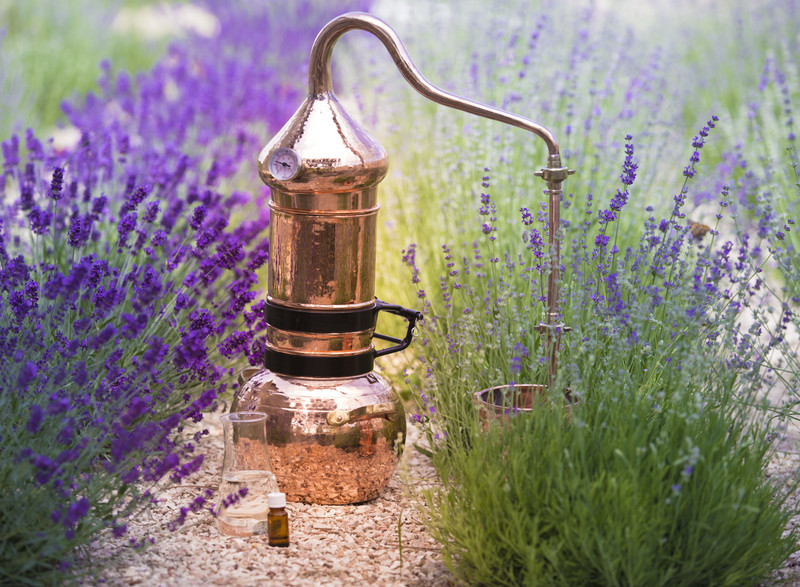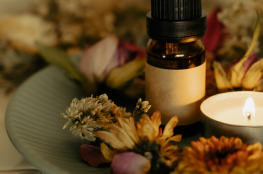Essential Oil Extraction Methods
“Fragrance makes us dream.”
– Francois Nars

How essential oils are made.
When I first started learning about aromatherapy and essential oils I had so many questions. Where do they come from, how are they made, who makes the best oils, why do they work? These are all important questions to ask on your essential oil journey.
So how are essential oils made? They are extracted from plant material using a variety of ways- steam distillation, expression, CO2 extracts, and enfleurage. Before we explore these methods, let me begin by explaining why it is important to understand how an oil is made. It is important because different plants require different methods of extraction. Each essential oil has unique chemical components, that are responsible for its “mode of action”. For example, Linalool is one of the reasons that lavender is so relaxing. Depending on the plant and the material used, these unique components, like Linalool, will be isolated in the extraction process. Lavender is usually steam distilled. If you tried to express it, it would not yield the same profile of components.

Factors that are important in Essential Oil Extraction
1) Part of the Plant
Oils can come from many different parts of the plant and is specific to the particular oil. For example, rose essential oil comes from rose petals. Lemon is expressed from the peel. Juniper is steam distilled from the berries, valerian from a root, and cinnamon from the leaf or bark.
2) Time of Day
The time of day that plants are harvested. Whether it is in the morning, afternoon, or evening. This can influence the quality and chemical make-up of the oil.
3) Time of Year
Depending on the oil, there is typically a harvest season. A time of year that it is best to harvest the plant for the maximum amount of oil and best chemical profile.
4) Geographic Location
If you have ever noticed, certain oils are often made in specific regions. This is due to climate, temperature, and weather conditions. These factors also affect the composition of an oil.

Extraction Methods
Steam Distillation
This is one of the most common methods of producing essential oils. Steam is used to pull the oil from the plant material. See my cool video below.
Expression
This method is also known as cold-pressing. A roller, often with spikes, pierces and presses the outside of the fruit rind. This is done without heat. Citrus oils are usually pressed. In some cases they can be distilled, but this often yields an inferior oil and a slightly different chemical makeup.
CO2
Carbon dioxide gas is used. The gas turns to liquid under high pressure and can then be used as a solvent to extract the oil. No heat is used. This is said to be the truest form of an oil since there is no heat used and the CO2 changes to back to gas once the pressure drops, leaving no solvent.
Enfleurage
Also known as an absolute. A solvent is used to extract the oil. Oil extracted from this process is considered to be very similar to the composition of the essential oil. TA drawback of this method is the residual solvents that are left behind in the oil.


